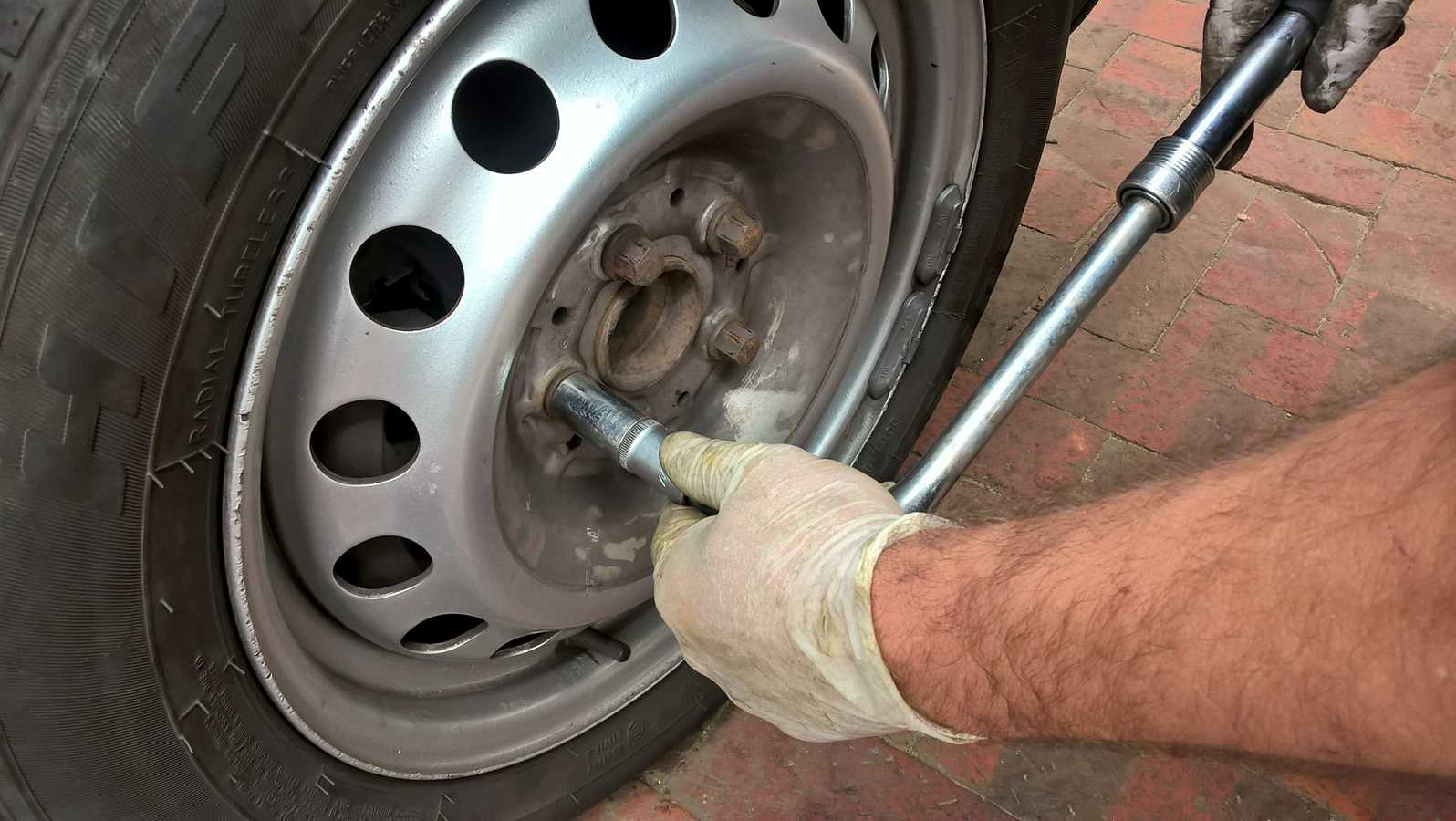Your vehicle’s tires are critical to driver and passenger safety. Did you know that more than 700 Americans lose their lives each year due to a tire failure?Unfortunately, millions of people overlook tire safety and continue to drive, taking on a major risk. These drivers get on the road each morning with balled or deflated tires. In fact, nearly half a million AAA members do not even have a spare tire.
Now is the time to prioritize tire safety before it becomes an issue. Consider using an app like Treads to send you gentle reminders of important regular maintenance checks, upkeep, and tire milestones.
Read on for a comprehensive guide to tire maintenance…
1. Check the Tire Tread
Perhaps the simplest tire maintenance step is to check each tire’s tread. This is the measurable depth from the bottom of the tire groove to the area that makes contact with the road.
Tire tread is what informs drivers how much traction they have on the road. When the tire tread depth is at acceptable levels, drivers can be confident on the road. They will retain great traction even in adverse weather conditions like rain and snow.
Balled tires often lead to serious vehicular accidents. Without solid traction, a vehicle is more likely to hydroplane or spin out. Often, the result is a significant accident with personal injury damage and potential for casualties.
The U.S. Department of Transportation recommends tire replacement when tread falls below 2/32nds of an inch. You can check tire tread with a simple measurement tool.Others simply apply the penny test to see if the tire tread level is acceptable. This test involves flipping a penny upside down and sticking it in the tire groove. If you can see Abraham Lincoln’s head on the penny face, it is time to replace your tires.
2. Check the Tire Pressure
Tire pressure is another critical element of maintenance and safety. You can check your tire’s pressure with a cheap gauge. Many newer vehicles include a sensor that reports tire pressure on the driver’s display.
The tire manufacturer recommends the appropriate pounds per square inch (PSI). You can find this information in the owner’s manual or online. The PSI recommendation is based on several different factors, such as tire size. There are several negative consequences of driving a deflated tire. Most importantly, it affects the vehicle’s safe operation as deflated tires are more likely to pop or lose traction.
Other negative consequences include diminished durability and reduced fuel efficiency. Did you know that a properly inflated tire helps save you 11 cents per gallon on fuel? Driving properly inflated tires also extends the tires’ service life. This pushes out the significant cost involved with replacing four tires.
There are a few different ways for drivers to inflate their tires. Many gas stations offer air pumps to inflate tires. There are also handheld tools that allow you to inflate tires at home or on the side of the road.
3. Tire Inspection
In addition to checking tire pressure and tread, there are other required maintenance steps to ensure safety. A visual tire inspection is crucial to preventing blowouts and other issues. On a routine basis, you should carefully inspect all four tires. You are looking for any nails or other foreign objects embedded into the tire. Also, vehicle owners should look for any defects or noticeable issues with the tire.
4. Tire Rotation
Tire rotation is another important element of the maintenance cycle. Without rotation, your tires wear down disproportionately. This means all of the wear and tear is focused on a particular area of the tire.
Tire rotation spreads the burden of driving and braking throughout the tire. This extends the tire’s service life considerably. The tire tread now stays constant around the entire tire. Rotating the tires also helps maximize fuel efficiency.
There are a few different ways to determine if tire rotation is necessary. The owner’s manual issues tire rotation guidance based on mileage interval. Another option is to use a tire subscription service for your tire rotation needs.
5. Tire Balance and Alignment
Does your vehicle shake or vibrate while driving? If so, this is an indication that tire balancing and realignment are necessary. This is not something that you can do at home or check with a tool. Instead, it requires a professional technician to see if the tires are balanced and aligned properly. The auto technician will put your car up on a lift and use computer software for precise measurements.
The end goal is to make sure that the vehicle’s suspension and other components are properly configured. The axle and wheels are squared off, so everything is moving in the same direction. Also, the tires are contacting the road surface at the same point.
One thing to consider is whether you have a four-wheel or all-wheel drive (AWD) vehicle. For a two-wheel-drive vehicle, only a front-end alignment is required. A front-end alignment may result in some cost savings. At the end of an alignment, the computer allows for a printout of the changes made. A before and after picture or model is issued to show how far out of alignment the tires were.
5 Tire Safety Tips to Avoid Issues
Tire safety is increased significantly simply by inspecting tires and making sure they are properly inflated. If you enjoyed this article about tire safety tips and are interested in a subscription service, contact us today to speak with one of our associates.





